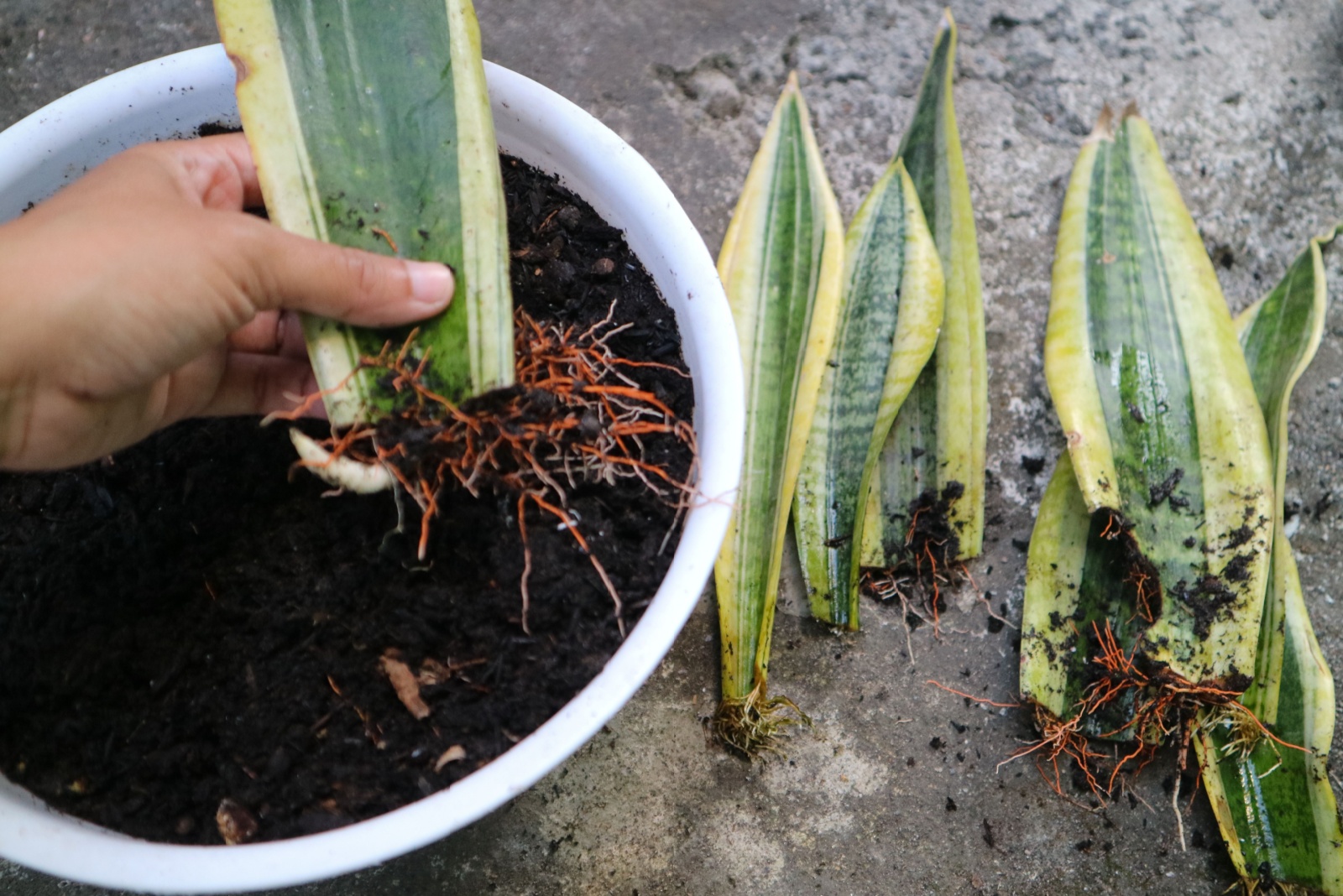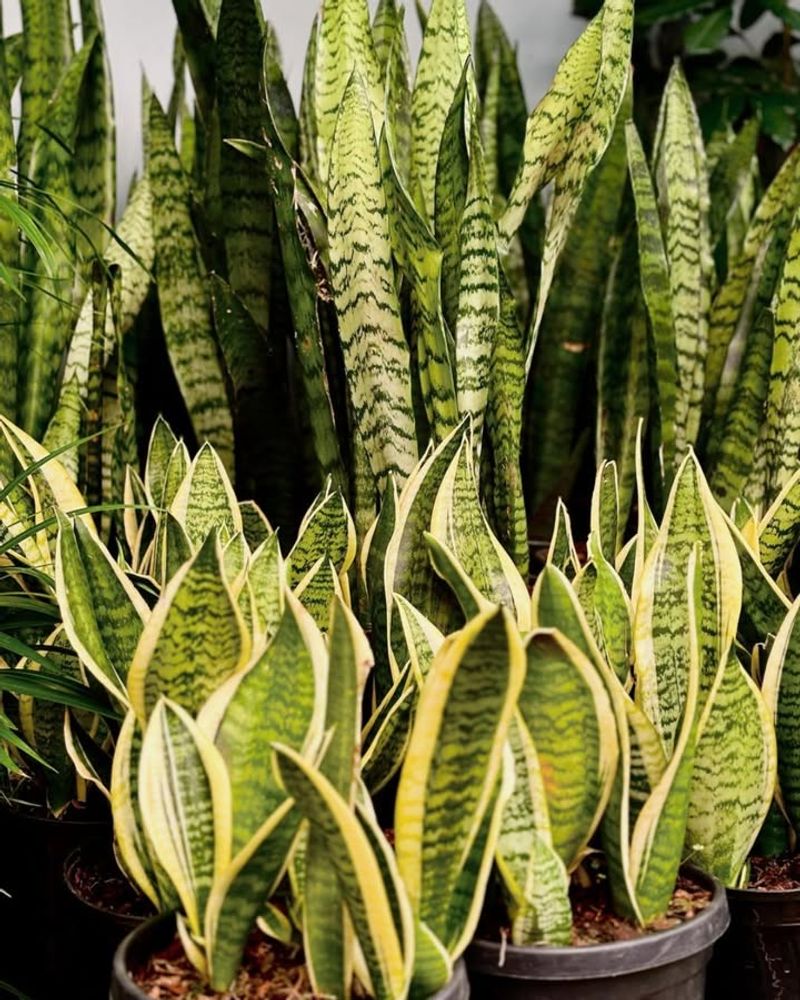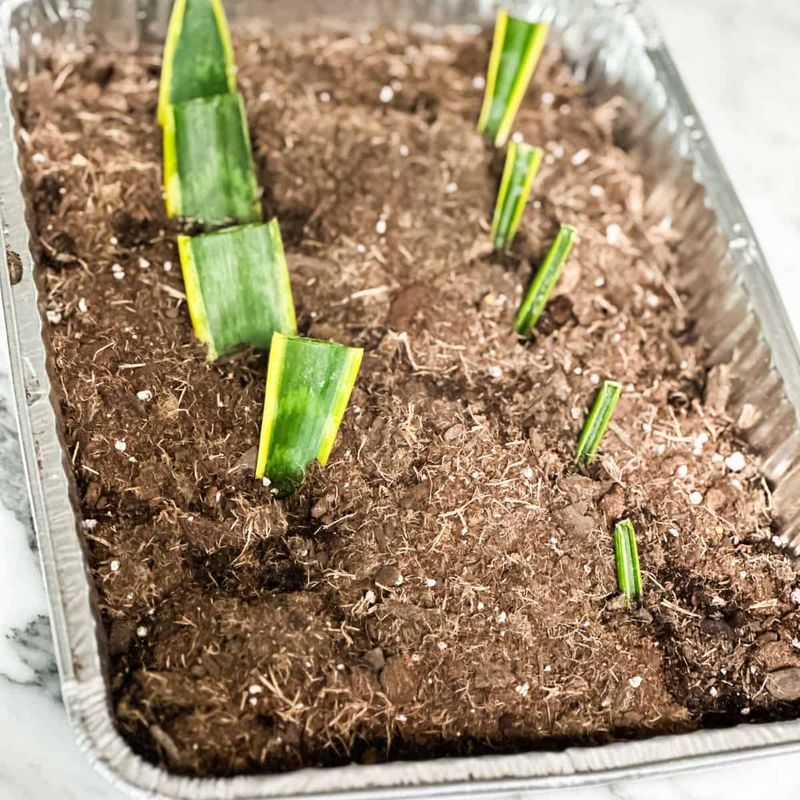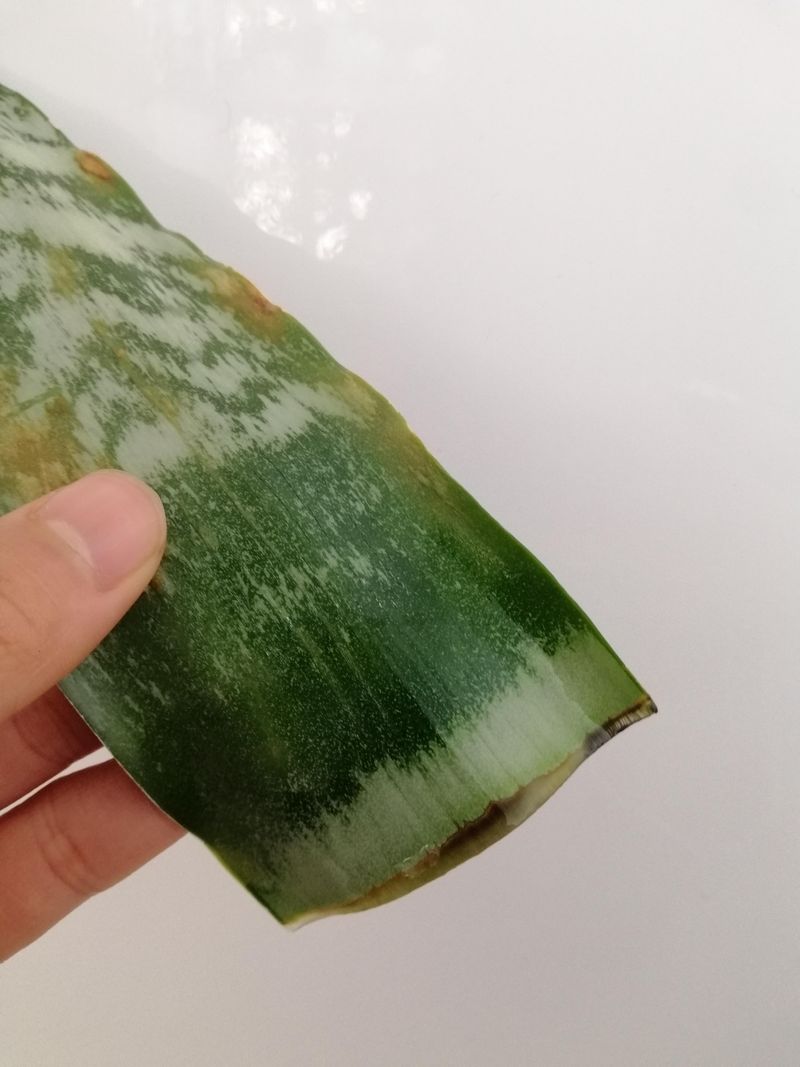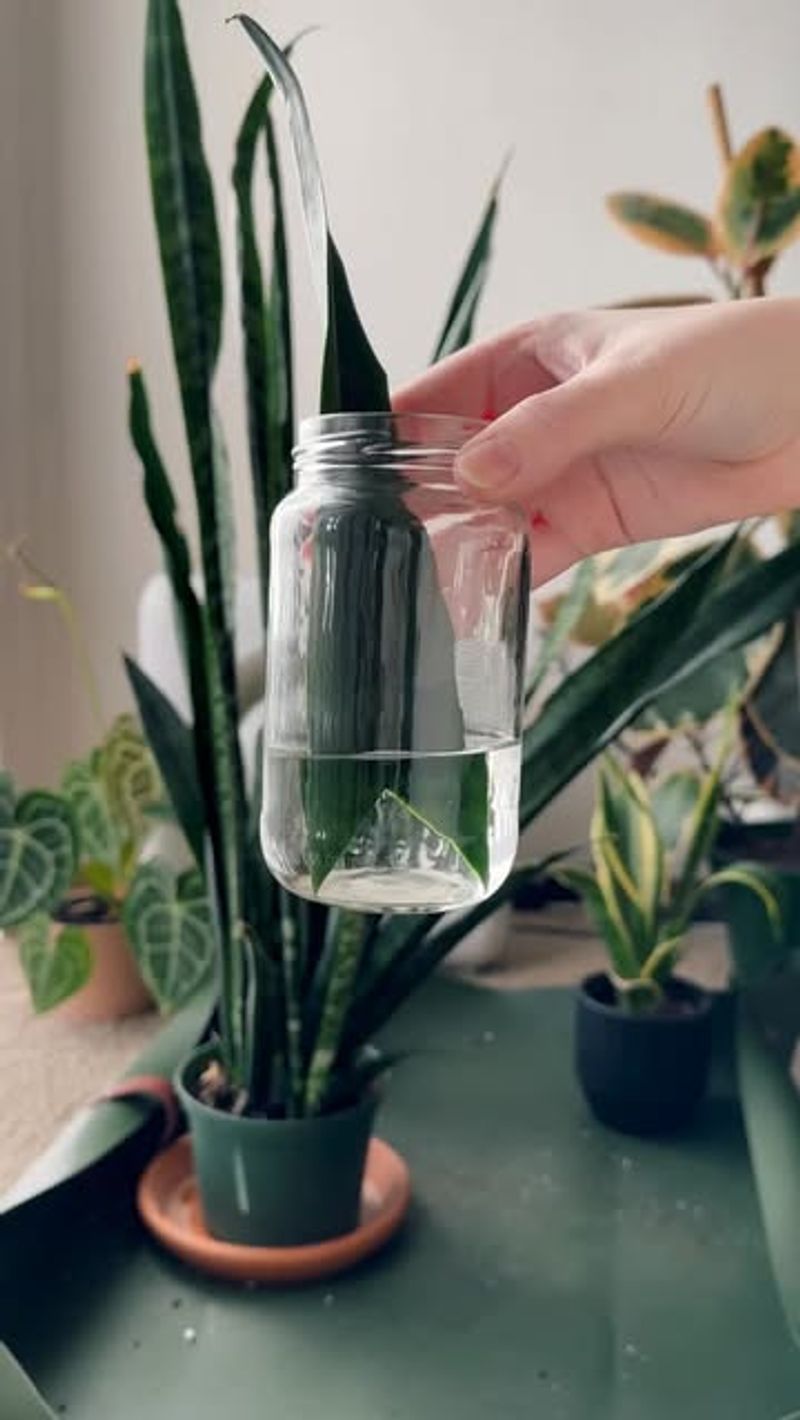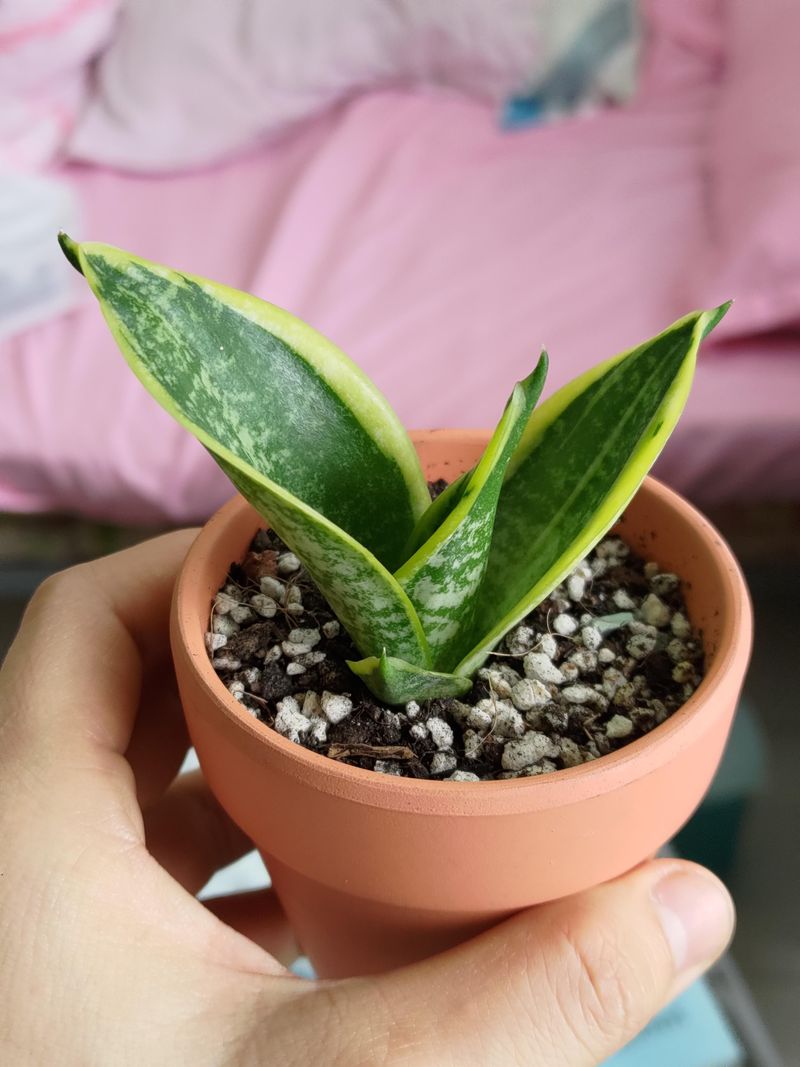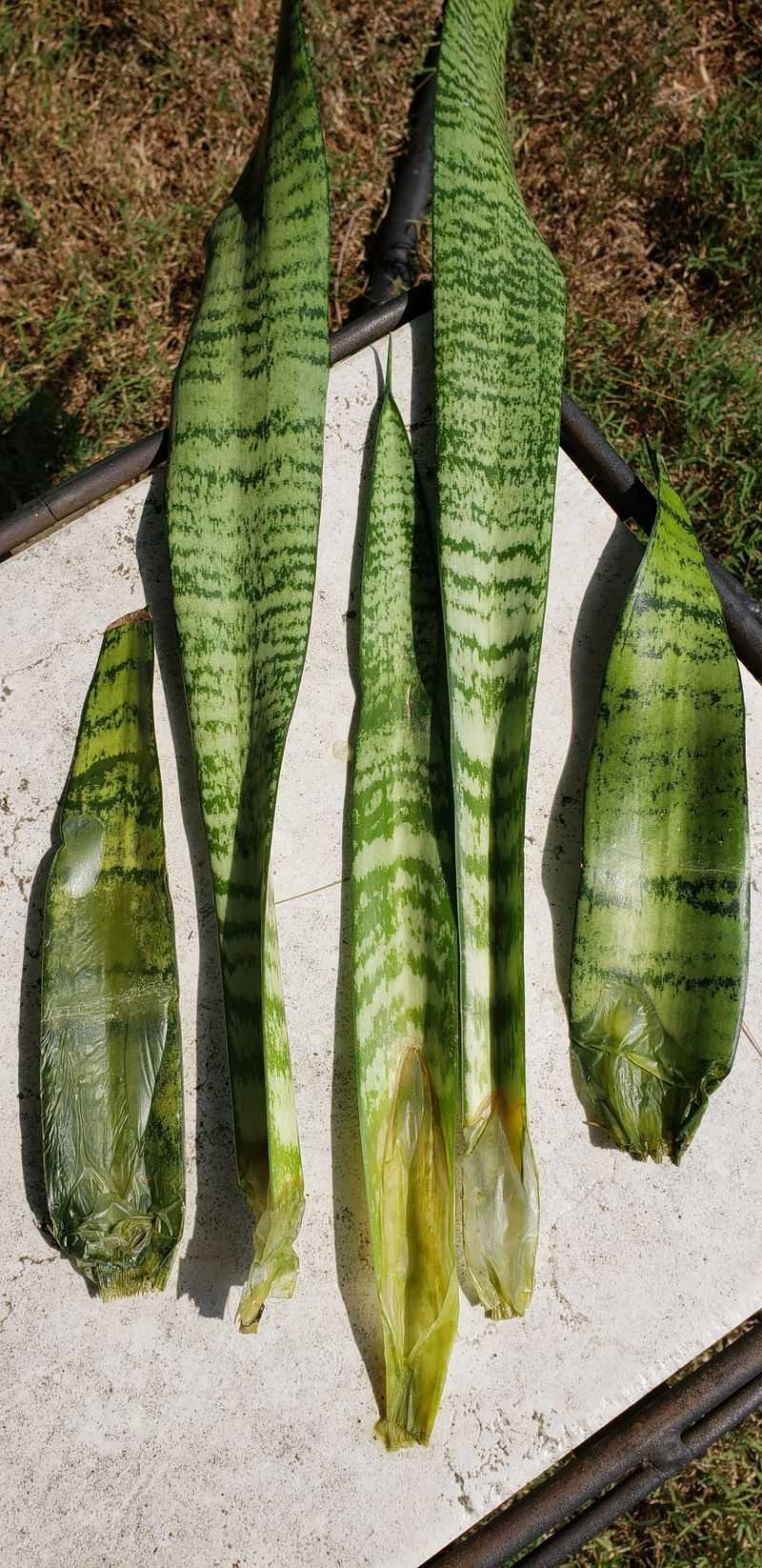Snake plants are some of the toughest houseplants you can grow, and November in Florida offers perfect conditions for making more of them. Propagating these beauties means you can fill your home with greenery or share them with friends and family.
With warm temperatures and just the right amount of humidity, Florida’s November weather creates an ideal environment for your snake plant cuttings to develop strong roots and thrive.
1. Select Healthy Parent Leaves
Starting with strong, mature leaves makes all the difference in your propagation success. Look for leaves that show vibrant color without any brown spots, tears, or signs of stress.
Mature leaves from the outer sections of your plant work best because they have stored energy to support new root growth. Avoid younger, smaller leaves from the center as they lack the nutrients needed for successful propagation.
A healthy parent leaf should feel firm and thick when you touch it, not soft or mushy.
2. Make Clean Cuts With Sharp Tools
Using sharp, sterilized scissors or pruning shears prevents infections that could ruin your cuttings. Wipe your tools with rubbing alcohol before making any cuts to eliminate harmful bacteria.
Cut each leaf section at least four to six inches long for the best results. Always cut at a slight angle so you can remember which end goes down into the soil later.
Clean cuts heal faster and develop roots more quickly than ragged, torn edges that struggle to recover.
3. Allow Cuttings To Callus Over
Patience during this step protects your cuttings from rot when you plant them. Let the cut ends sit in a dry, shaded spot for two to three days until they form a tough, dry layer.
November’s mild Florida weather provides perfect conditions for this callusing process without excessive heat or cold. You can place them on a paper towel or clean countertop away from direct sunlight.
Skipping this step often leads to soggy, rotting cuttings that never develop roots properly.
4. Choose Well-Draining Soil Mix
Snake plants absolutely hate sitting in wet, heavy soil that suffocates their developing roots. Mix cactus soil with perlite or coarse sand to create a light, airy blend that drains quickly.
Regular potting soil holds too much moisture and creates problems during Florida’s humid November weather. Your custom mix should feel gritty and loose when you squeeze it in your hand.
Good drainage ensures oxygen reaches the roots while preventing waterlogged conditions that cause problems.
5. Plant Cuttings At Proper Depth
Positioning your cuttings correctly sets them up for strong root development from the start. Insert the callused end about two inches deep into your prepared soil mix, keeping the cutting upright and stable.
Remember that angled cut you made earlier? The pointed end always goes down into the soil. Planting upside down prevents root formation entirely, wasting all your effort.
Firm the soil gently around each cutting so it stands without wobbling or falling over during the rooting period.
6. Water Sparingly And Consistently
Finding the right watering balance challenges many beginners, but snake plants prefer staying on the dry side. Water lightly only when the top two inches of soil feel completely dry to your finger.
Florida’s November humidity means you might water less frequently than expected, perhaps every ten to fourteen days. Overwatering remains the biggest mistake people make, causing cuttings to rot before roots can form.
Think of it as giving your cuttings just enough moisture to survive, not thrive yet.
7. Provide Bright Indirect Sunlight
Light levels directly impact how quickly your cuttings develop roots and new growth. Place your pots near a window that gets plenty of bright light but no direct afternoon sun rays.
November in Florida offers gentler sunlight than summer months, but direct exposure can still stress vulnerable cuttings. A spot with filtered light through curtains or a few feet back from the window works perfectly.
Watch for leaves turning pale or brown, which signals too much direct sun exposure needing adjustment.
8. Monitor Root Development Progress
Root development takes patience, typically requiring six to eight weeks before you see significant progress. Resist the urge to pull cuttings up constantly to check, as this disturbs forming roots.
Instead, watch for subtle signs like resistance when you gently tug the cutting or new growth emerging from the base. Florida’s warm November temperatures speed up rooting compared to cooler climates.
Once roots reach two inches long, your propagation succeeded and your new plant can grow independently with regular care.

